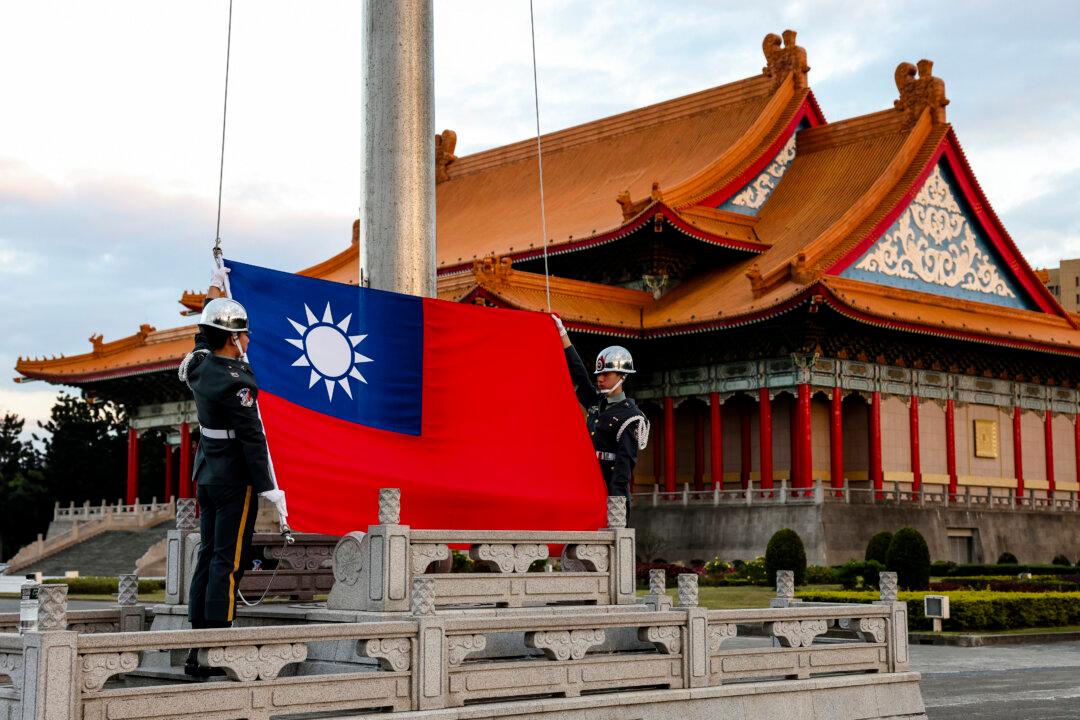Fallout from the U.S.–China trade dispute is being felt in India, with the country recently putting measures in place to blunt an influx of cheap Chinese textile imports that could threaten domestic production.
On Aug. 7, India, the world’s biggest producer of cotton, doubled the import tax on 328 imported textile products to 20 percent—the second such increase in less than a month. In mid-July, India had doubled import duties to 20 percent on more than 50 imported textile products, including fiber, jackets, suits, and carpets.





